Introduction
Clean water is vital for our health, but figuring out the best way to get it can be confusing. Most of us drink straight from the tap, buy bottled water, or use some sort of pitcher at home-with reverse osmosis systems becoming a popular choice. Through this article, we'll look into what's really in the water we drink, what it costs us, and its impact on the environment. We'll also discuss if a reverse osmosis system-a modern method that promises cleaner water-can be a smart purchase for your household.
Water Quality and Consumption
The quality of the water we drink can have substantial effects on our overall health, influencing everything from our energy levels to our body's ability to combat diseases. In the United States, access to safe drinking water is something most take for granted, but the reality of what flows from our taps or fills our bottled water is worth a closer look.
High-Quality Water for Health
The human body is composed of about 60% water, which plays a vital role in every bodily function-from regulating temperature and flushing out wastes to cushioning joints and safeguarding sensitive tissues. Not all water is created equal, however. High-quality water that's free from contaminants is essential not just for keeping us hydrated but for supporting our health to its full capacity. It aids in digestion, prevents constipation, helps the kidneys filter toxins, and provides a medium for cellular nutrient absorption and chemical reactions.

Primary Sources of Drinking Water in the U.S.
When we look at where our drinking water comes from, we see a few main types:
- Tap Water: Across the U.S., tap water's TDS can vary. It's generally between 300 to 400 ppm, but if you live somewhere with hard water or lots of mineral content, those numbers can jump higher.
- Bottled Water: The TDS in bottled water often sits lower, as it's sometimes filtered more than tap water. It typically ranges from 250 to 350 ppm, depending on the brand and source. Natural spring water might have higher TDS because of the minerals that get picked up underground.
- Filtered Water (Including Reverse Osmosis): Regular filters, like jug or faucet types, might reduce TDS to about 200 to 300 ppm. However, with a reverse osmosis system equipped with TDS monitoring from brands like Bluevua, you could see those levels dive even lower, typically to 5 to 50 ppm. Such systems, boasting over 90% TDS removal efficiency and certified by official third-party organizations, offer a reliable indicator of the purity of your drinking water.
Evaluate Drinking Water Choices
When choosing what we drink, there are a variety of considerations-ranging from purity to convenience. Here is the detail of the different options that we have:
Tap Water
- Potential Impurities and Health Implications: Despite being treated and regulated, tap water can carry impurities. The EPA limits levels of contaminants such as lead, arsenic, and other chemicals in municipal water. However, occasional breaches do occur. For instance, the crisis in Flint, Michigan, highlighted the dangers of lead contamination. Such instances remind us that vigilance is key, and authoritative sources like the CDC and EPA provide data on water quality and safety.
- Economic Benefits and Accessibility: Tap water has advantages, notably its low cost and easy access. The average cost in the U.S. is around $0.004 per gallon. Most Americans can get it by simply turning on the faucet-something not possible in many parts of the world. In terms of affordability, it is considered to be the best choice as it costs less than any other choice.

Bottled Water
● Environmental Impact of Plastic Bottles: The convenience of bottled water comes at an environmental cost. The production and disposal of plastic bottles create a significant carbon footprint and contribute to the growing problem of plastic pollution. The stats are sobering: Millions of tons of plastic bottles end up in landfills each year, where they can take centuries to decompose.
● Cost Considerations Versus Convenience: Bottled water is often chosen for its convenience, but it comes at a price. It can be up to 2,000 times more expensive than tap water. While some may prefer the taste or trust the quality more, the ongoing expense is a factor to consider, especially when budgeting household expenses.
● Perceived Quality of Bottled Water: There's a common belief that bottled water is cleaner or healthier than tap water. But interestingly, not all bottled water is sourced from idyllic springs; some are just tap water that's been further treated. Regulatory bodies like the FDA oversee bottled water standards, which means it's generally safe but not necessarily superior to tap water.

Pros and Cons of Reverse Osmosis Systems
Advantages of a Reverse Osmosis System
- Improved Water Purity and Taste: An RO system dramatically increases water taste and purity since it removes chlorine, lead, and other unpleasant tastes/smells, thereby giving it a cleaner taste, which may increase overall satisfaction from drinking water and inspire hydration.
- Reduction in Contaminants: RO systems remove up to 99 percent of dissolved salts (ions), particles, colloids, organics, bacteria, and pyrogens in the feed water. The Centers for Disease Control and Prevention (CDC) notes that reverse osmosis systems effectively remove many contaminants, including Cryptosporidium, a parasite that causes gastrointestinal illness.
- Monetary Savings Along the Way: There's no denying that the upfront cost for a reverse osmosis system can be substantial. However, the investment pays off in the long run. Instead of repeatedly spending money on bottled water-imagine shelling out $30 weekly, which adds up to a hefty $1,560 annually-you could simply replace your RO system's filters or pay for minor maintenance. And here's where the numbers really speak: using the Bluevua Reverse Osmosis System's ROPOT-Lite (UV) as an example, the daily cost for its filter element is just $0.22, adding up to only $79.9 per year.
- Environmental Protection: Choosing an RO system also benefits the environment. By reducing reliance on bottled water, you cut down on plastic waste and the energy consumed in producing and transporting bottles. It's a step towards sustainable living, as less plastic ends up in landfills and natural habitats, and fewer fossil fuels are used in logistics.

Considerations and Potential Drawbacks
- Initial Setup Costs and Space Requirements: Setting up an under-sink reverse osmosis system can cost from a few hundred dollars to more, including the system and installation by a pro. You'll also need enough free space under the sink for the system's parts and easy filter changes, which means less room for other under-sink items.
- Maintenance Needs and Replacement Filters: An RO system will require periodic filter replacements to enable it to work at its best. Purchasing new filters and using one's time to replace them are costs to be incurred by a homeowner.
- Water Wastage – Addressing Efficiency Concerns: Traditional under-sink RO systems can waste two to four gallons of water for every gallon of purified water produced. However, newer countertop models are designed to be more efficient. Some systems allow users to collect the wastewater for other uses, such as watering plants or cleaning, which helps mitigate the issue of wastefulness associated with older RO systems.
- Introducing the Bluevua ROPOT-Travel: This compact and user-friendly water filtration system is an ideal match for any small household. Setup is a breeze-no complicated installation or hidden costs; simply connect it and enjoy immediate access to purified water. Fill up your glass bottle directly from the unit and say goodbye to single-use plastic bottles. Designed with efficiency in mind, the ROPOT-Travel conserves more water than conventional models, features a self-cleaning function, and reminds you when it's time for a filter change with its intuitive color-coded alert. Embrace the ease of clean hydration on demand and contribute to environmental conservation effortlessly.

Is Reverse Osmosis the Best Choice for Your Water?
Drinking water must balance the desires of health, cost, and the environment. Tap water is easy and cheap but often impure. Bottled water reduces these concerns at a very high financial and ecological price. Reverse osmosis systems, like the Bluevua ROPOT-Travel, stand out by offering very pure, great-tasting water while providing long-term savings and reducing waste. Though the upfront investment and maintenance cost are certainly factors to be taken seriously, all the advantages an RO system gives-from lessening single-use plastics use to stability in the water quality-make this a very worthwhile choice for people looking toward the well-being of a household and positively changing the future of our planet.
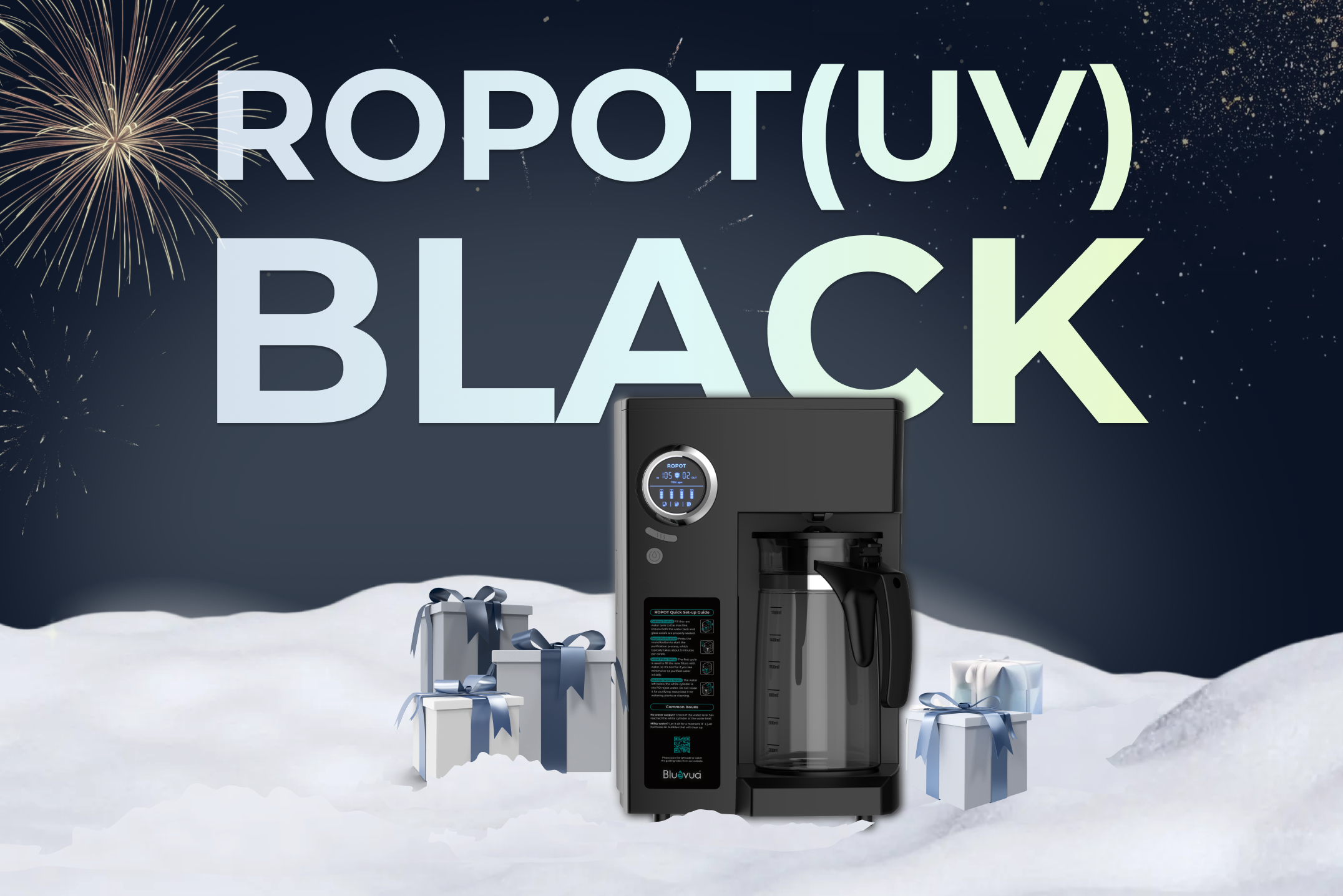
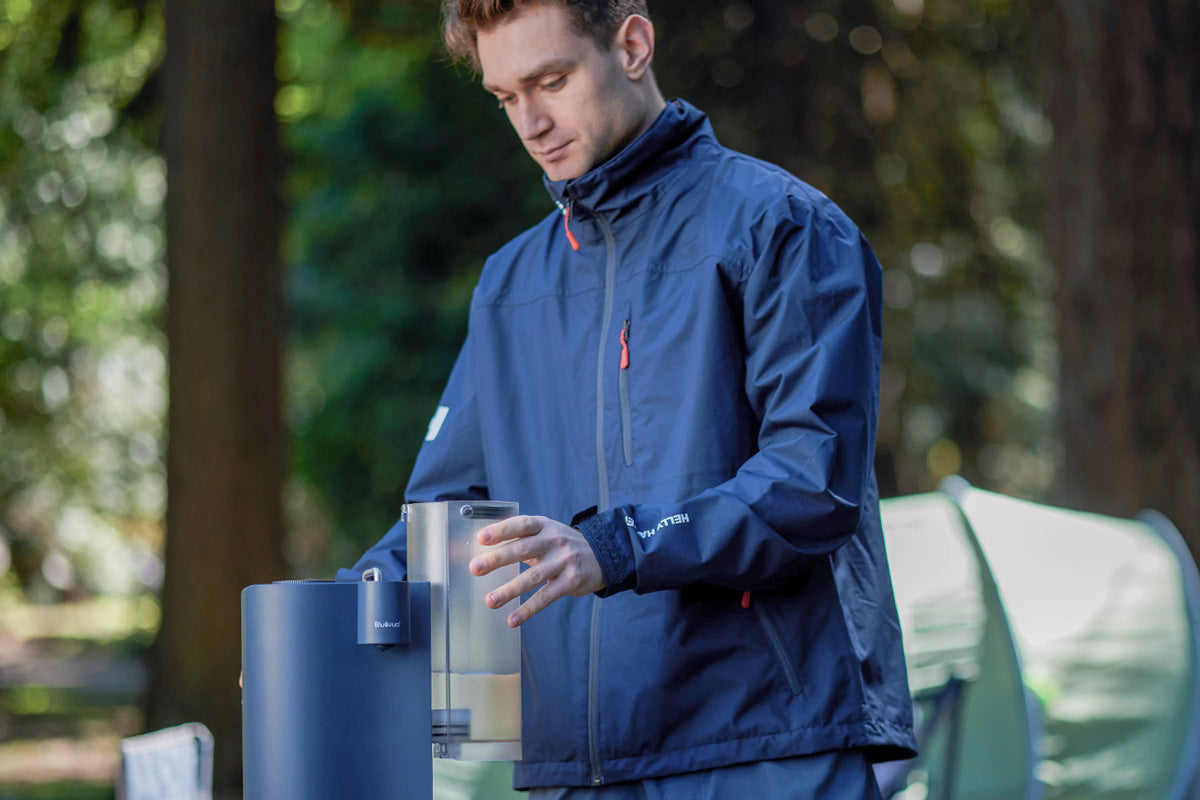
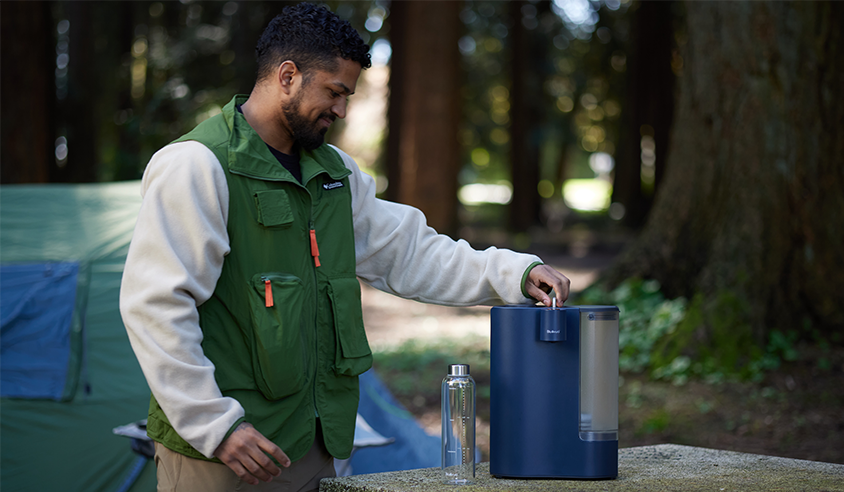
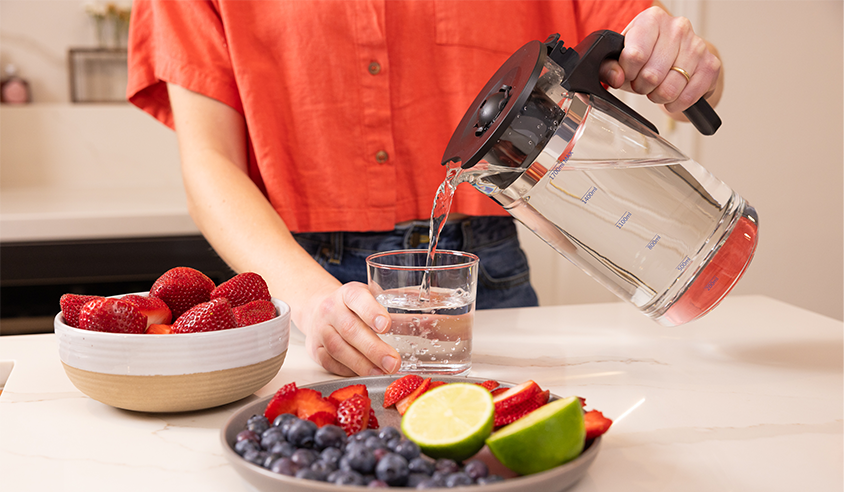
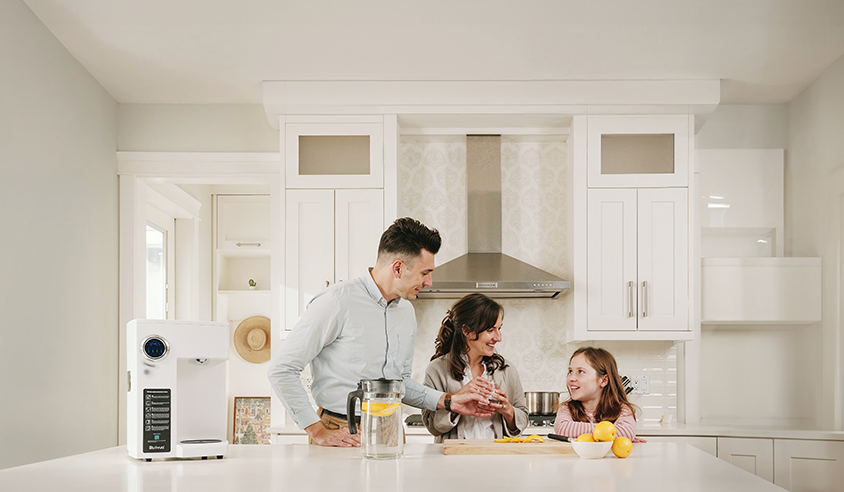
ทิ้งข้อความไว้
ความคิดเห็นทั้งหมดจะได้รับการตรวจสอบก่อนที่จะเผยแพร่
เว็บไซต์นี้ได้รับการคุ้มครองโดย hCaptcha และมีการนำนโยบายความเป็นส่วนตัวของ hCaptcha และข้อกำหนดในการใช้บริการมาใช้